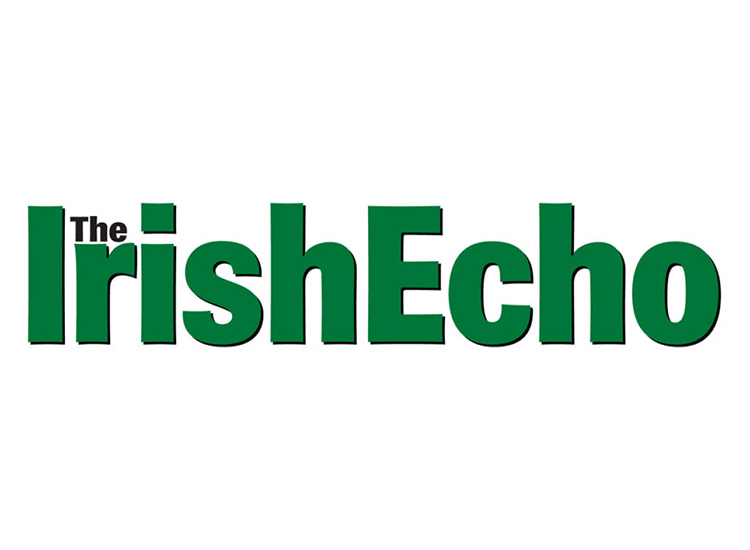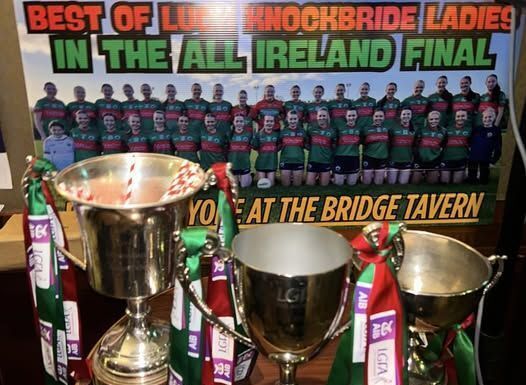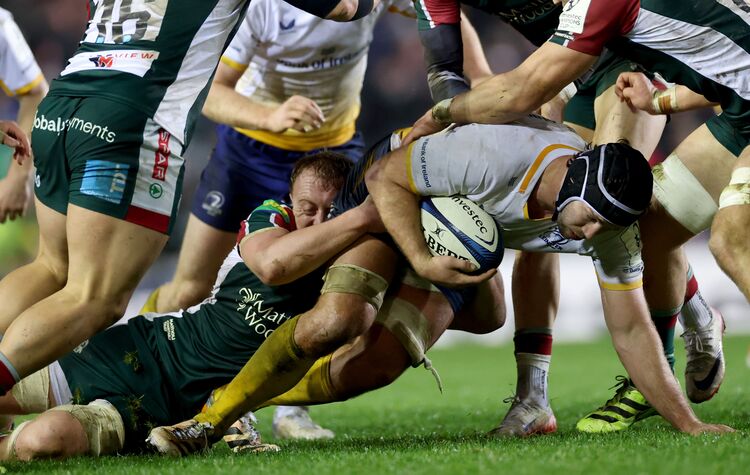[caption id="attachment_67833" align="aligncenter" width="600" caption="John Devoy."]
John Devoy is on the verge of getting the tribute he deserves from his onetime home town.
The John Devoy Memorial Committee in Naas, County Kildare, is ready to commission a statue of the legendary Fenian, who was born in the townland of Kill in 1842.
The statue will be placed in a public space, Poplar Square, adjacent to the former site of Watkins Brewery, where Devoy worked before embarking on a career as a professional journalist and agitator.
Devoy, of course, spent most of his long life in New York City, where he was an influential journalist and, of course, a commanding presence in Irish-American nationalist circles.
As the leader and guiding force of Clan na Gael, Devoy organized the Catalpa rescue, partnered with Michael Davitt and Charles Parnell during the land war in Ireland in the 1880s, raised money and organized German assistance for the Easter rebellion, and sought to rally American political pressure on Ireland's behalf during the war of independence.
He was, by all accounts, a formidable and sometimes difficult man. He was also, in the words of Padraig Pearse, the greatest of the Fenians.
Amazingly, though, Devoy was nearly forgotten in Ireland after his death in 1928. Although he received a state funeral from the Irish Free State (which he supported), the old man's work on behalf of Irish freedom was nearly written out of the Irish narrative.
It's not hard to suspect that Eamon de Valera, with whom Devoy feuded bitterly, may have had something to do with Devoy's historical disappearance.
When I published a biography of Devoy in 1997, many Irish natives told me that they had never heard of the man. Ironically, the memory of Devoy's fellow exile and occasional antagonist, Jeremiah O'Donovan Rossa, has been well-preserved. There's a bridge over
the Liffey named for him, even though Rossa was more of a symbol than a leader or an organizer.
But as Ireland and Irish America prepare for the centennial of the Easter Rebellion in 2016, perhaps there will be a renewal of interest in Devoy's life and work. The statue in Naas certainly would help revive interest in a man who, like Michael Collins, was a
realist as well as a revolutionary.
There is one potential obstacle to the Devoy project, and you can probably guess what it is. Yes, it's all about money.
The memorial committee isn't sure how much the project will cost, but it also seems clear that whatever the price, there may be a problem raising the necessary funds. One of the memorial committee members, John Dunne, recently told the Leinster Leader that he hoped the project would receive support from local residents.
"If everybody in Naas donated a euro, it would be done," he said, adding that the committee will be looking "for support from a number of sources, including the local authorities."
That would be great, but I wouldn't bet the house on every resident of Naas donating a euro. What's more, even if they did, you get the feeling that they might as well throw in a few Confederate dollars as well - or maybe not. The Confederate currency probably is
worth more than a euro these days.
Getting money from public authorities will not be easy, either, given the Irish economy's collapse and the consequent pressures on government agencies.
If, however, Irish Americans and Irish-American institutions decide to help honor a man who, after all, lived in the U.S. far longer than he lived in Ireland, well, that statue might be up before Christmas, though of what year I won't say.
One of the chief organizers of the Devoy memorial, a Naas resident named Seamus Curran, has been to New York several times over the last few years trying to talk up the project. He managed to persuade novelist Peter Quinn and yours truly to write letters of support addressed to the Naas town council and other authorities.
Despite this lapse in judgment, Curran has been tireless on Devoy's behalf. The old man could not have asked for a more-determined advocate.
It would be proper and fitting for Irish America to play a role in properly remembering a man who spent so many years writing, speaking, and conspiring in Manhattan on behalf of Irish self-government. Individuals or representatives of institutions are encouraged to drop Curran a note at seamuslcurran@eirecom.net.
The memorial's organizers even have a John Devoy page on Facebook, although if you want an explanation for how that works, you'll have to look elsewhere.
John Devoy certainly was one of Irish America's most-dominant personalities in the late 19th and early 20th centuries. He deserves a place of honor in Naas. And once that project is finished, the old Fenian should be remembered in some public space in his adopted home town. That would be New York City.








